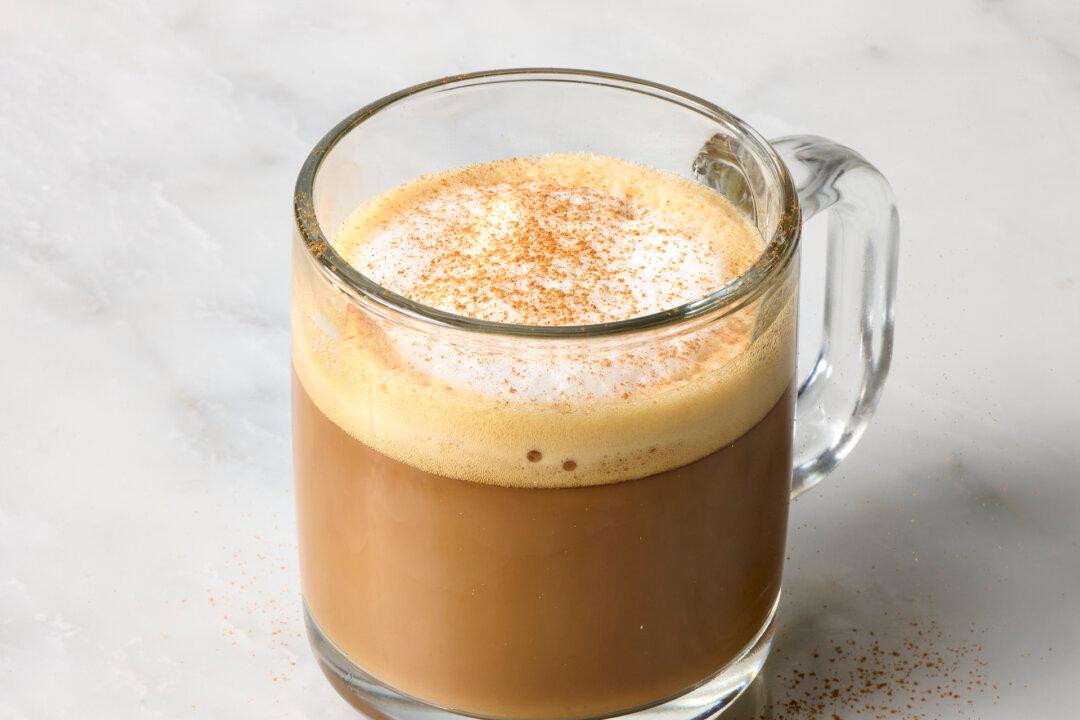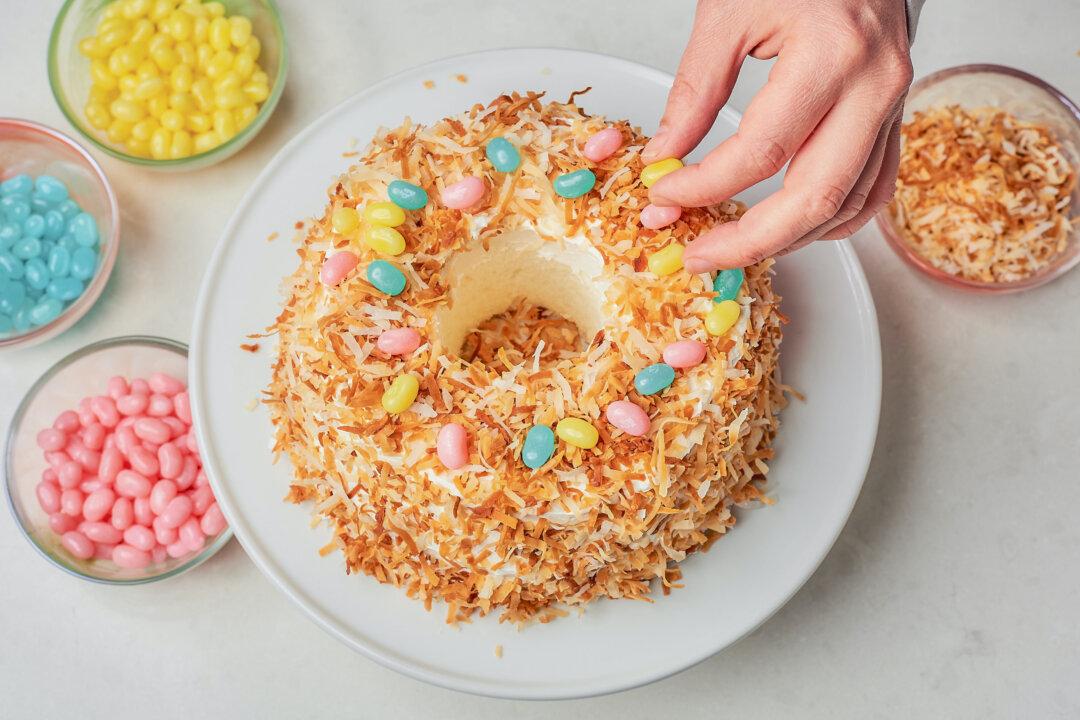We love our iced coffee in the summer, but fall and winter belong to the latte, which is usually made with espresso, steamed milk, and milk foam. We love to sit inside on a chilly day with a hot, frothy latte or cappuccino, but a latte shouldn’t just be a coffee shop treat. Even without an espresso machine, a milk frother, or other toys of the trade, you can make a pretty decent latte at home—and yes, it will have a beautiful cap of foam.
Here’s how we do it when we want a latte at home, to sip in the morning, or with a visiting friend.




